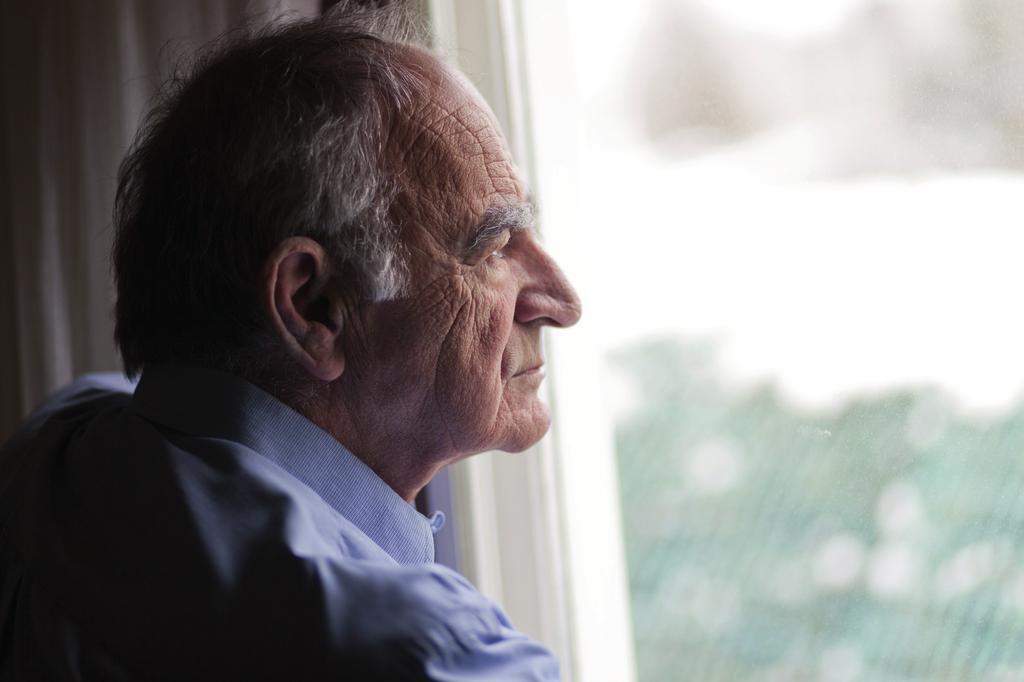
Suicide in the Elderly
Suicide, while largely preventable, is one of the top three causes of death among people. Suicide occurs not only in developed countries, but in all parts of the world. Many suicides occur suddenly in critical moments, with the loss of the ability to cope with life's stresses, such as financial problems, disconnection with loved ones, or chronic pain and illness.
Suicide is preventable, there are several measures that can be taken at different levels to prevent suicide. Suicide prevention measures require coordination and cooperation between different sections of society.
Unfortunately, the suicide rate among the elderly is higher than other ages. One of the barriers for psychiatrists and other mental health care providers against this group is that older people are usually unaware of their mental health problems and do not seek treatment. Therefore, family and friends have a very important role to play in preventing suicide.
Factors such as:
- Loss of interests
- Staying home after retirement
- Reduce social interactions
- Experience losing loved ones such as friends, spouse, children and …
- Feelings of hopelessness or worthlessness
- Family disputes
- Financial Problems
- Physical disability
- Irreversible pain and ...
can increase the risk of suicide in the elderly.
Suicide is a major problem among the elderly. Adults 85 and older are the second age group to die from suicide, regardless of gender, but suicide rates are much higher, especially among older men.
Reasons for suicide in the elderly
One of the most common is loneliness. Older people often live in isolation and may struggle with the death of a spouse or the grief of losing other family members or friends. As older people lose the ability to do their daily chores, they are more likely to develop depression. Physical illness may put an end to the ability to drive, read, talk, or engage in other activities that a person has previously been able to perform alone.
Very little research has been done on suicide among the elderly, so most loved ones and caregivers are unaware of the warning signs. But experts say there are certain behaviors that should be considered as a warning sign. As:
- Drug storage
- Haste in revising the will
- Increased use of alcohol or drugs
- Change sleep habits
- Expressing phrases full of frustration
- Withdrawal from the community
According to experts, when older people commit suicide, they are much more likely to die than younger people because they often use more deadly ways to commit suicide, or because they have a weaker body, they are less likely to return to life.
Preventive measures
In general, 9 basic steps can be taken to prevent rising suicide rates among the elderly:
- Paying more attention to them, for example, routinely visiting close elderly people such as father, mother, grandfather, grandmother, etc.
- Preventing depression or encouraging its treatment
- Enlarging their social networks
- Motivating the elderly to participate in sports and social activities
- Training skills to adapt to difficult conditions
- Giving hope and strengthening it among the elderly
- Recognizing the warning signs for suicide in the elderly and if observed, try to establish a conversation in this regard. The more people who have suicidal thoughts, the more they talk about it with others, the better their chances of finding solutions to their problems and getting support.
- Encouraging the elderly to get help from counselors and mental health specialists
- Creating recreational-health programs for the elderly by the relevant organizations and organs
And many other measures that will have a direct impact on the mental health of the elderly. It is important to know that all of us, from the authorities to the relatives of the elderly, are all responsible for preventing suicide in this section of society.

 Our Location
Our Location +1 (778) 723-6108
+1 (778) 723-6108
Leave Your Comment